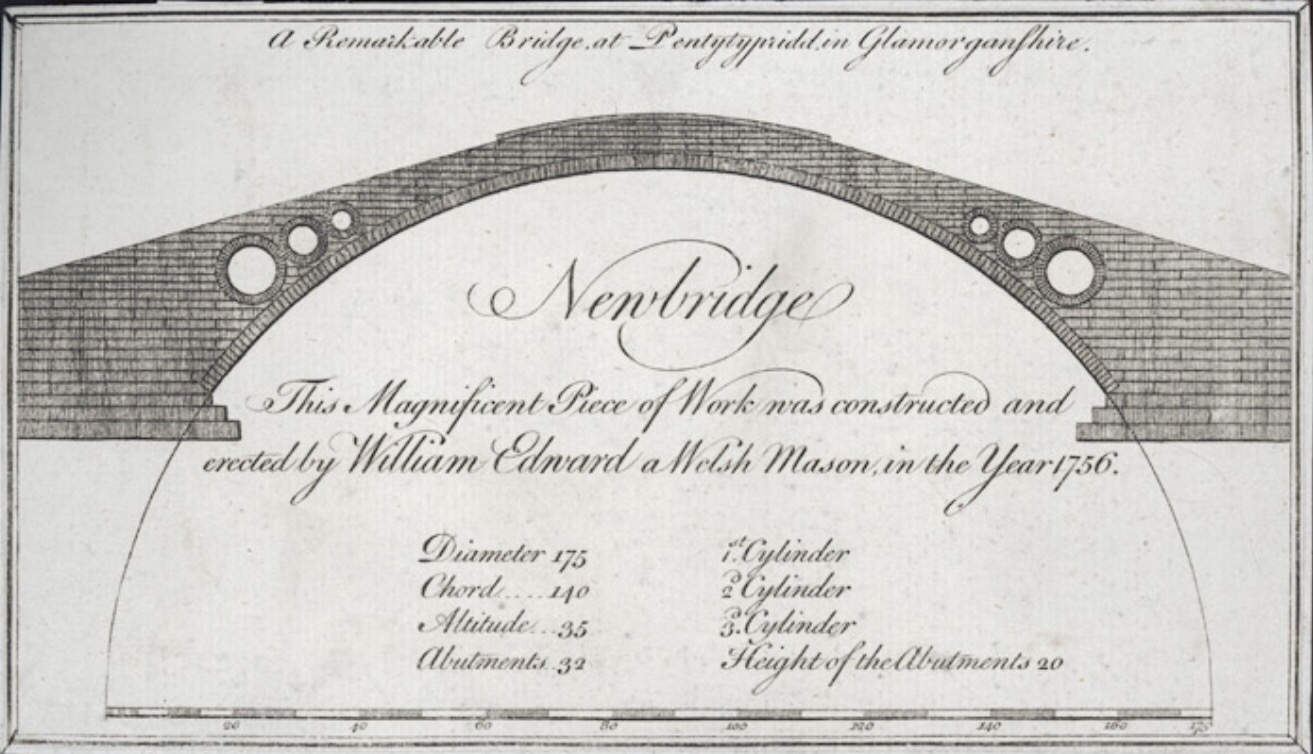
Most commercial products new to the market fail. Fact.
Most change programmes fail. Fact.
Most initiatives in public services work perfectly. It’s completely different here….. Really?
I may have upset some people, with those assertions, so I’d better explain myself.
Most Commercial Products Fail – The Museum of Failed Products.
I’ve mentioned this before. Basically this is a venture that began in the 1960’s when Robert McMath, who worked in marketing, started collecting examples of consumer products for a reference library. When it became too large he moved it to a converted granary. It now holds over 110,000 individual, health, beauty, food and other products collected over 40 years. The collection is increasing at around 400 new products a month and is run nowadays by GfK Custom Research North America, at Ann Arbor in Michigan if you fancy a visit.
The point I wanted to get across is that Robert McMath created a museum of failed products. The vast majority of the products in the museum did not succeed. Most new products fail, and this Guardian article suggests that the rate can be as high as 90%.
Two other interesting and relevant things about the Museum of Failed Products:
- It is a source of improvement and innovation. People turn up from all over the world to look at what others have tried previously. Thousands of the ideas and attempts are all in one place to provide inspiration, and show you what hasn’t worked
- A substitute for Lost Corporate Memory. Some articles mention that people use the Museum to test new ideas, and ‘find’ similar products their organisation has already tried. The ‘corporate memory’ of the earlier attempt has been lost. Not a surprise really. What organisation do you know of that puts previous ‘failed attempts’ on show for everyone to see? I would suggest that ‘loosing’ the corporate memory of what has gone wrong is quite a common pastime.
70% of Change Programmes Fail.
The figure of 70% failure comes from work done by John Kotter way back in 1995. It created a whole industry of change management consultants. However, this work by McKinsey and Company in 2008, “The inconvenient truth about change management” suggests that over a decade later, and the failure rate is still about 70% ….. errr…. what’s changed?
The learning points for me are:
- This is a very low success rate. I suspect that many ‘Executive Committees’ and ‘Governance Boards’ don’t fully appreciate that there is a 70% chance of project failure. If they did appreciate this fact, I wonder how many would approve the business case, even if there is really pretty Gantt Chart and dazzling graphics of the staff communication strategy?
- Are we focussing too much on ‘success criteria?’. Most of the change management advice I’ve experienced seems to involve; “apply this magic formula of tools and techniques, and the change programme will work perfectly”. Perhaps we should be thinking more about the failures, and learning from them?
- If we looked at other initiatives, would the failure rate be similar? Change management was subjected to some thorough investigation and analysis by Kotter, to come up with the 70% failure figure. I do wonder what the results would be for other areas of activity?
But everything is different here……. Really?
Based on the evidence from the Museum of Failed products and the failure rate of change programmes, I wonder if failure of public service initiatives is more common than we think?
Where you frequently have; poorly defined objectives and outcomes, dubious measurement frameworks and vested interests, things can be quite difficult. How do you make a judgement or announce that something is an outright failure? It’s not as straightforward as people never buying your ‘dandruff shampoo for bald heads’ product.
I do wonder if there is a need for a Museum of Failed Public Sector Initiatives? It would be a valuable resource for:
- Helping recover ‘lost’ corporate memory;
- Sharing the learning from things that haven’t worked; and
- A source of inspiration for things that might work.
So, what’s the PONT?
- Not everything is successful all of the time; failure is an inevitable part of life.
- How you respond and learn from failure is more important than trying to avoid it.
- A Museum of Failed Public Sector Initiatives could have considerable benefits.
The Mistake Bank “learning from faux pas, miscalculations and decisions gone wrong” curated by John Caddell is an interesting example of how this could be done.
Picture Source: Graphic by Joel Cooper, drawn at the Northern Housing Consortium Summit, November 2013. joelcooper.co.uk http://ieatart.carbonmade.com
Here is the full graphic of my talk ‘Learning to Love the F Word’. Thanks to Joel and thanks to Northern Housing Consortium for inviting me to speak.


Leave a reply to How To Get Better At Failing | Paul Taylor Cancel reply